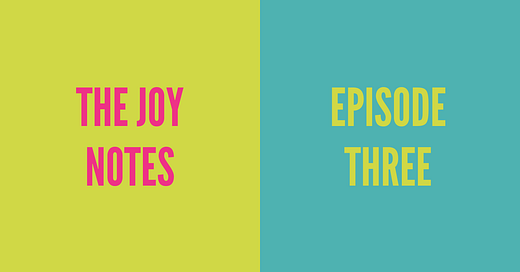Grim grimness
Back in the Covid years, the word that best described our societal mood was “languish”. Time became elastic and all traditional markers of progress vanished. We languished in our PJs during virtual cocktail hours and since then, it feels like we’ve languished our way into the new societal mood of grimness.
Faced with long-term grim problems, we’ve double downed on the grim theme by choosing to deal with our issues with grim determination. Solutions are judged solely on their basic practicality, rather than also considering their potential to elevate the spirit of a community.
For example, let’s look at how we often tackle homelessness, a sensitive and complex issues facing many communities across North America. When a tent city is pushed out of a park, the area is quickly surrounded by fences. Everything is chained and locked to prevent all citizens from entering. In my hometown, officials went as far as adding concrete barricades, which created an ominous feeling that something horrible could happen at any moment.
Practically speaking, the job was done…but what does this approach do for elevating our community’s spirit? We don’t ask ourselves these types of questions but rather, move on to the next grim problem.
Pulling Up The Ladder
I’ve seen numerous examples of how this grim grimness makes our cities a little uglier—and if it were simply an issue of aesthetics, I could live with it for a while. But the bigger concern is how this approach starts to make citizens feel that society is failing. This leads to people wanting to avoid our challenges, pull up the ladder on the world, and withdraw. Grim determination uses up the goodwill within our communities.
Grim determination also has little patience for joy. Over the last year or two, I’ve had people thoughtfully come up to me and say that this “joy thing” is nice but the people who are homeless, poverty stricken, and hungry can’t internalize joy…which I think is a way of saying it would be wasted on them, and perhaps a waste of my time as well. They then recite Maslow’s hierarchy of needs as if to prove their point.
After doing some research into Maslow, I’ve learned that many academics disagree with his premise, and I would like to add my own push back. According to the hierarchy of needs, southern Black gospel music – the most joyful sound I know – should never have been created in an environment of slavery, poverty, and violence. But not only did it come from that world, it was instrumental in the community developing the resilience to carry on and overcome their challenges.
A Tool of Resilience
Joy is not a reward for having a life with many pleasures—it’s an outburst of collective optimism and resilience that often comes from struggle. Joy is a tool of resilience and as our society deals with long-term systemic challenges, we’d better have joy in our toolbox.
To illustrate my point, I ask that you watch this seven-minute video about the wonderful work of MAYBELLEarts in Toronto. It’s a story of how joy can solve social problems, build community goodwill, and elevate the human spirit all at the same time…things that are all critical right now. And appreciating joy for what it really is — a necessary tool in our toolbox — can make all the difference.
I’m a believer that helping something good happen (even if it isn’t in your hometown) is better than doing nothing. Since I’m highlighting MAYBELLEarts, I’ve also donated to their cause. If the video has made a difference in your perspective, consider giving them a financial boost.
To learn more about MAYBELLEarts, visit their website at mabellearts.ca.




